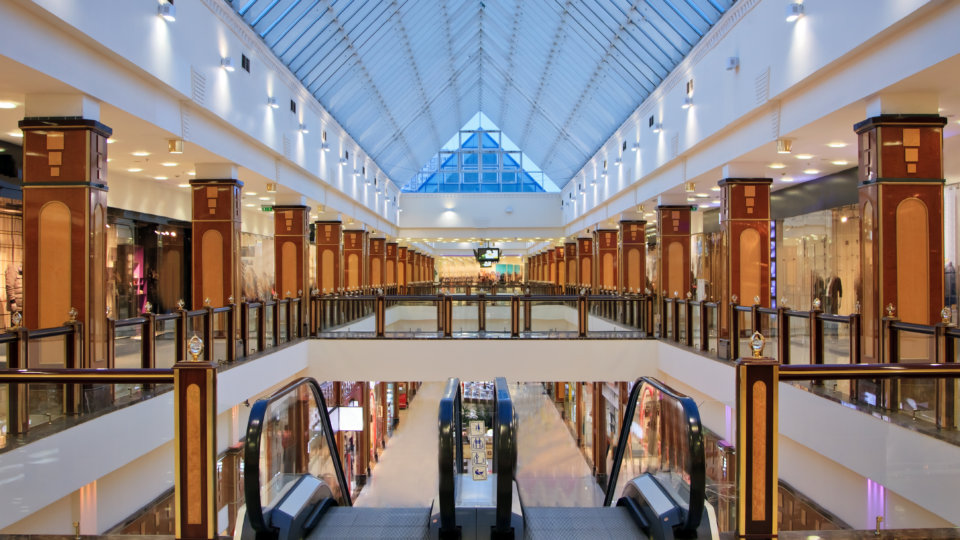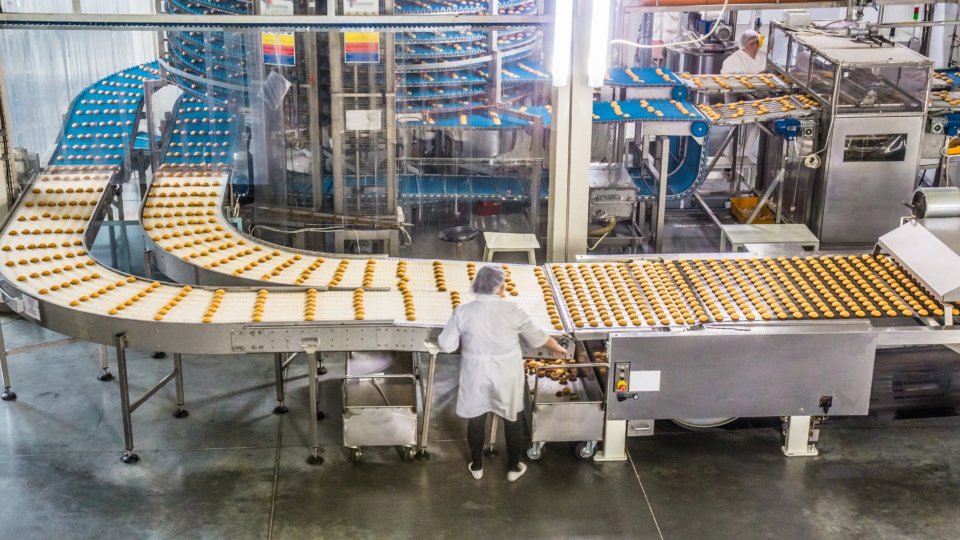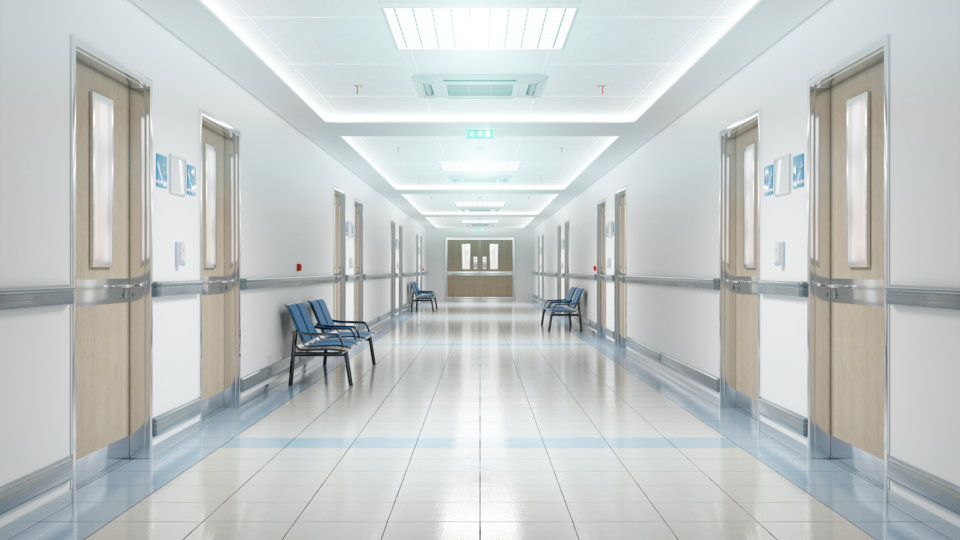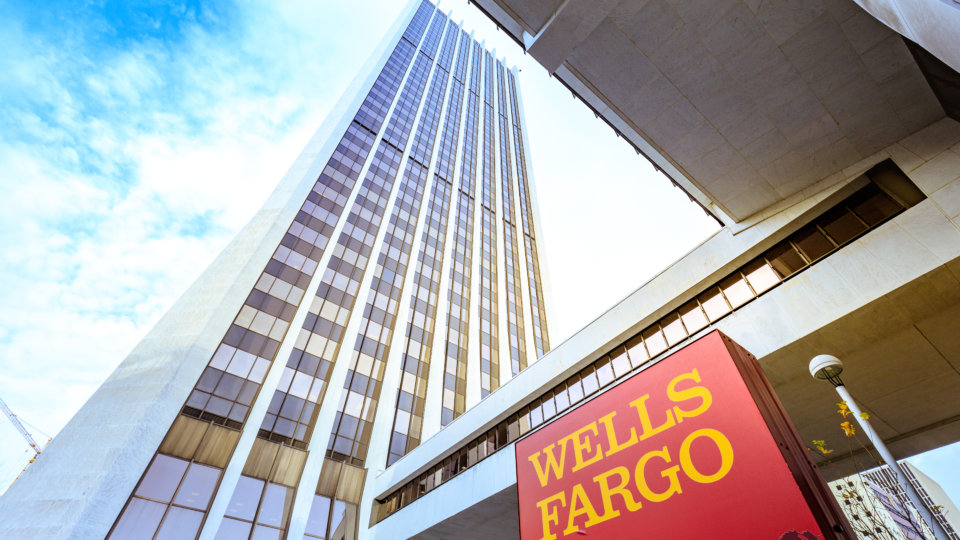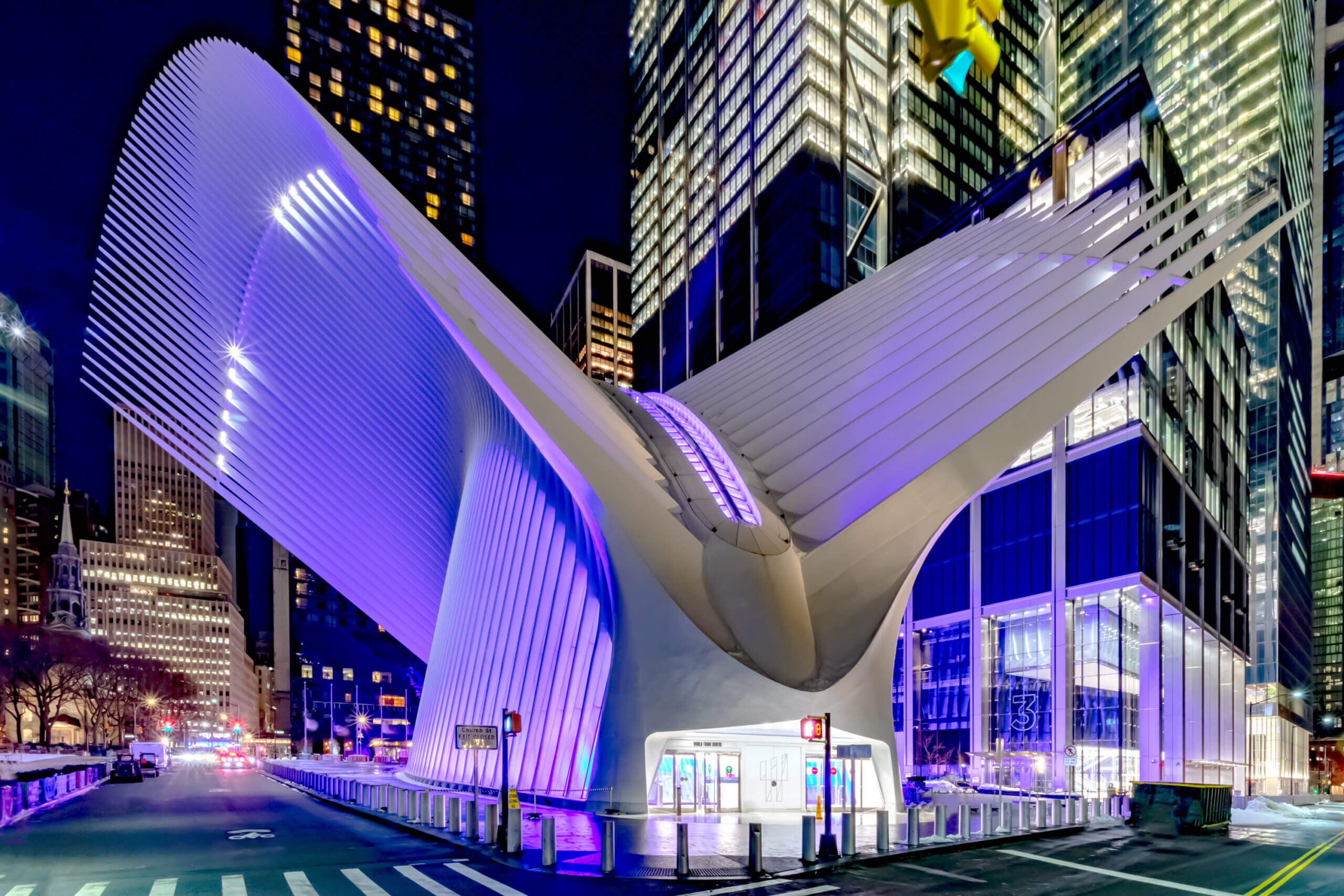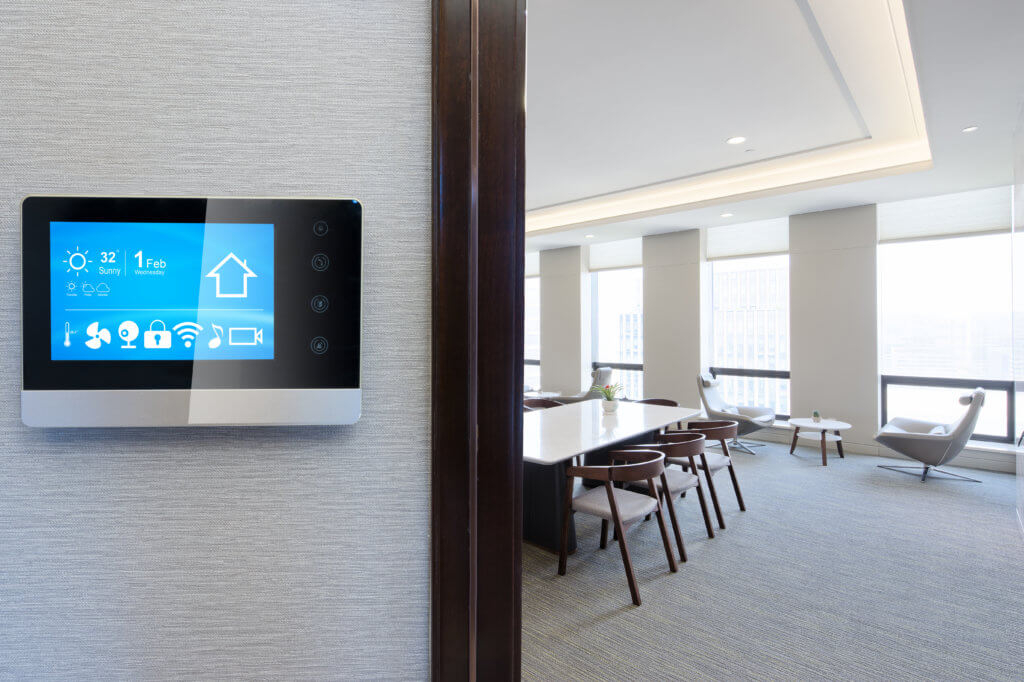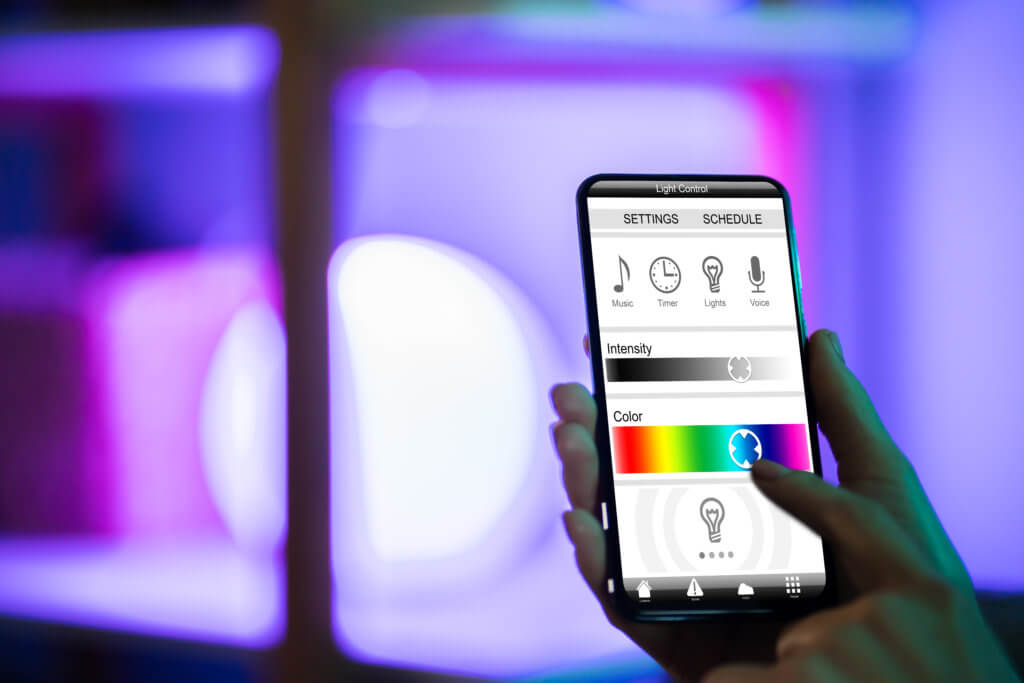Driving Facility Success with Lighting Controls
Share Article
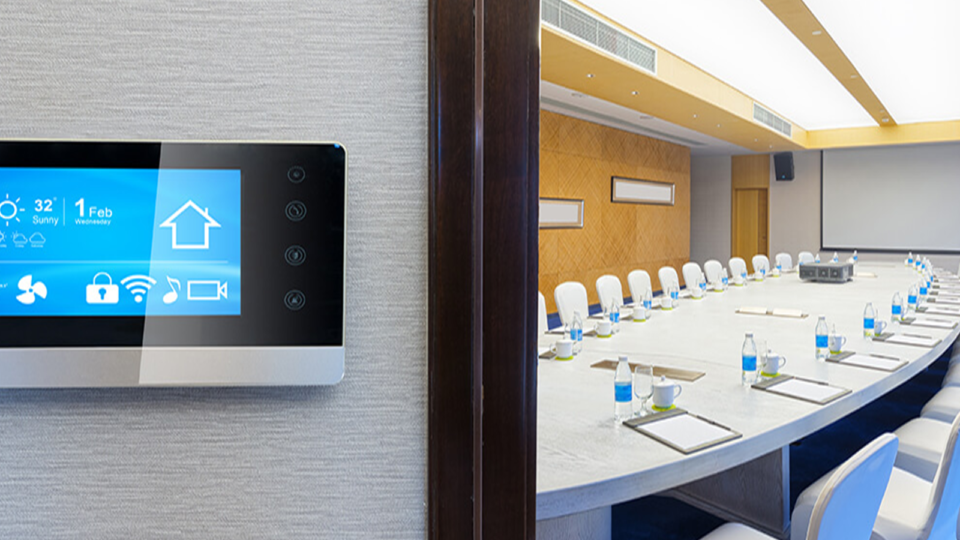
The shift to LED lighting technology, which began in earnest around 2007, has dramatically improved the energy efficiency of facilities across all business sectors. The additional benefits of fixture longevity have made LED lighting even more attractive for building owners and managers keeping an eye on long-term costs.
While the cost savings delivered by LED are a definite plus, many facility owners have wished that there were even more opportunities to cut energy usage and overall facility operations costs.
Recent innovations related to lighting controls and fixtures have arrived to deliver those additional cost-saving opportunities.
Indeed, the newest lighting control capabilities incorporate everything from integration with the “internet of things” (IoT), connectivity to building automation systems (BAS), and the ability to provide color tuning that supports the health and wellbeing of building occupants by mimicking natural circadian rhythms.
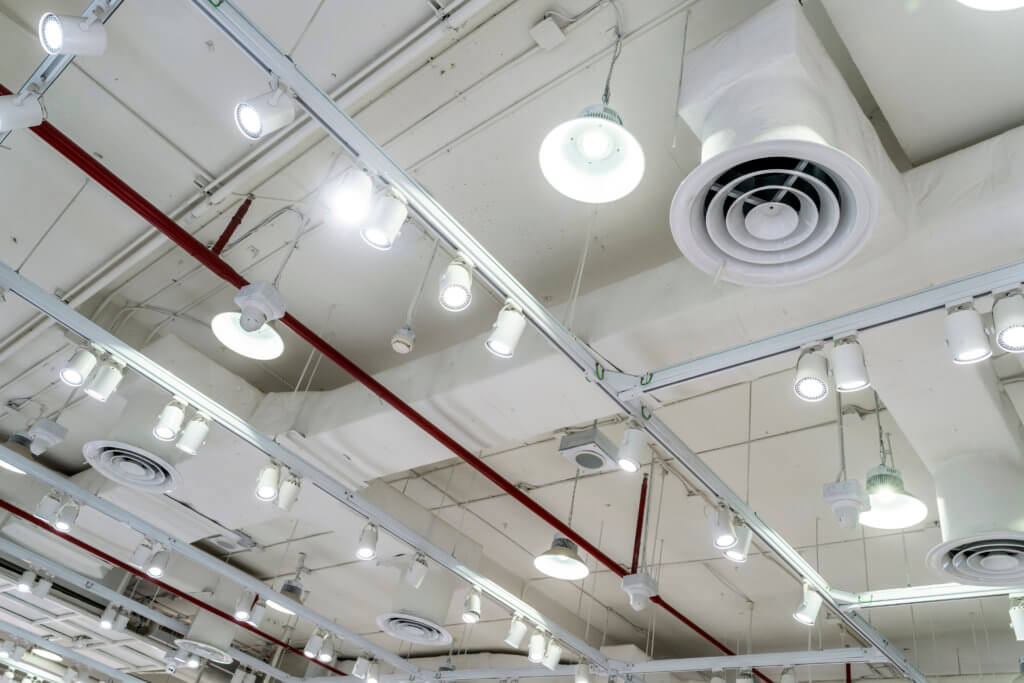
Let’s take a quick look at some of the latest developments in lighting controls, and how they can dramatically improve the top-line experience for building occupants while delivering bottom-line energy cost savings for facility owners.
Lighting Controls – The Basics
From a design perspective, all lighting controls should address two main goals:
1. Energy savings
2. Environmental improvements for building occupants
As long as electric lights have been available, there have been control systems that delivered on those two design goals.
Lighting Controls Over the Years
The earliest examples of lighting control systems involved simple switches or pull-chain mechanisms to provide basic on-off functionality.
In the 1950s, the development of the dimmer switch improved the situation greatly, introducing the concept of “mood” to electric lighting. (Prior to the dimmer, the chief ambiance-inducing technology was a scarf draped over a lampshade.)
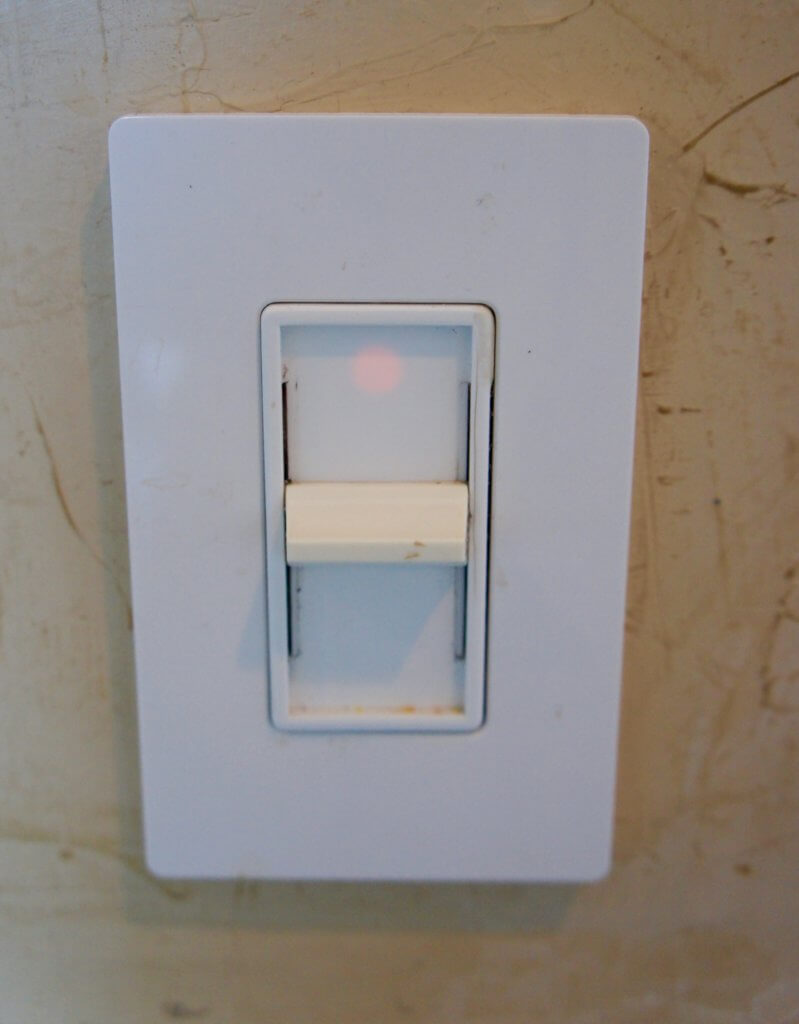
Soon after the development of dimming technology, the first lighting control boards appeared to provide even more options for larger spaces.
As we turned the page to begin the 21st century, the rise of digital controls, improved networking capabilities, Bluetooth functionality, and especially the more widespread adoption of LED lighting fixtures led to the development of more and more sophisticated lighting control systems.
Today’s lighting control systems incorporate all the latest advancements in networking and communication to make it possible to optimize lighting performance and manage facilities much more efficiently.
The Outback Lighting Controls Case Study
Newark Airport Lighting Controls Case Study
The World Bank Lighting Controls Case Study
Today’s Top Lighting Control Technology
Lighting controls continue to evolve at a rapid pace. As energy codes are updated and incorporated into new building construction, the requirements for lighting control systems will continue to rise.
With the steady evolution of associated technologies, as seen in the miniaturization of network integration hardware and advances in wireless technology, lighting control systems will mature and overall prices will fall for customers looking to take advantage of the latest capabilities.
For now, when considering lighting control systems beyond the traditional standalone switches and centralized panels for small and larger load control, these are the systems and capabilities that are most important for building owners and facility managers:
Room-Based Lighting Control Systems
These systems feature integrated sensors within luminaires, which allow the fixtures to respond individually. This feature delivers greater lighting design flexibility along with energy savings. These room-based systems deliver autonomous, pre-programmed lighting control in a configuration that is optimized for networking.
Building-Based Control Systems
These systems feature lighting controllers that are networked across a building (or even multiple buildings). With these systems, facility managers can establish all lighting controls with software-based tools that offer easy control and access to performance data.
Wireless Control Capability
A particularly convenient control capability that has become more common involves wireless functionality. More and more lighting manufacturers are producing lighting and control products in which the control points communicate wirelessly. This functionality completely eliminates the need for low voltage wiring, which was required previously. Especially in existing structures, this greatly reduces installation costs and results in a much less disruptive system rollout.
Networked Control Capability
It has become much more common in recent years for lighting control systems to feature all control points with uniquely assigned addresses to facilitate quick and easy individual or group programming. These systems can work autonomously, but they can also be integrated with the larger BAS. Networked lighting control systems allow for detailed control zoning, programmability, and data generation.
This ability to integrate networking into lighting control systems is of particular interest to utilities and other energy efficiency groups, who, along with the U.S. Department of Energy, recognize that 30% of all LED-based energy savings can be achieved through networked lighting and control systems.
Data Collection and Application
As stated above, some new lighting control systems feature the ability to collect data and transmit it from control points through established networks. These systems measure energy consumption while keeping track of lighting operating parameters. More exotic sensors even collect data on room occupancy and environmental data, such as temperature.
All collected data is transmitted across the network to either a local server or to a cloud-based repository. There, the data can be analyzed to promote better energy management. Additionally, the software can be configured to monitor the collected data and automatically trigger alarms or maintenance calls, as required.
Color Tuning Capability
One of the most exciting new developments in lighting control involves color tuning. Thanks to the flexibility of LED lighting technology, it is possible to adjust the correlated color temperature (CCT) of white light within a space. Tunable white LED lighting allows the user to control the light temperature output of the fixture. Other luminaires include additional colors to enhance the available color spectrum and deliver superior color rendering.
For facility managers, this capability opens up a world of opportunities to provide a dynamic lighting design to their interior spaces. With color tuning, commercial spaces, hospitals, schools, retirement homes, and other interior spaces where people gather can now feature lighting that specifically matches the needs of the occupants.
Choosing the Right Lighting Control System
Negotiating all the different lighting control systems and options can be a daunting task. Many factors weigh into the final decision to go with one system over another.
The needs of a hospital, clinic, commercial office building, and elementary school are all different, and no one solution is right for every application.
That’s why facility owners and managers need a reliable resource to consult with questions about the right control systems for their individual applications.
Industry Leading Solutions
With so many different control options available, it can be difficult to separate the best from the rest. FSG provides and promotes only the best manufacturers and suppliers of lighting control products and technologies. From independent wireless controls to integrated network systems, we are constantly evaluating and rating the latest control products so that you don’t have to.
Our knowledgeable professionals are the ideal guides to determining which solutions will bring you the greatest benefit at the best cost. With our experienced field personnel, proven project managers, and industry-best ongoing support, FSG is committed to helping you maintain comfort and safety, while also increasing efficiency.
Call us at (877) 293-6689 today to find out about how the latest lighting control systems can increase your energy savings while providing a greater level of comfort for your customers and employees.



